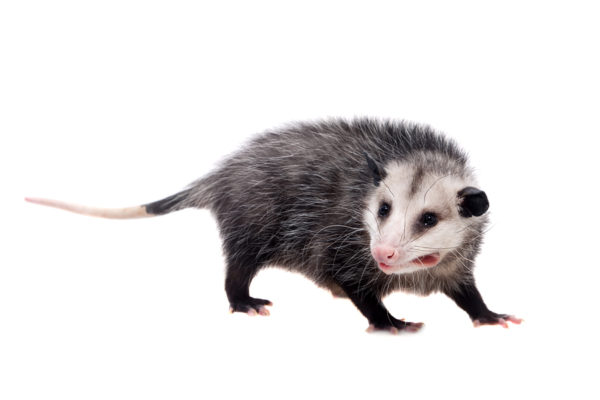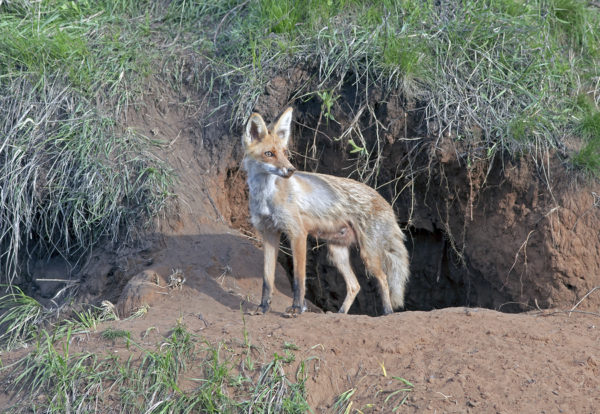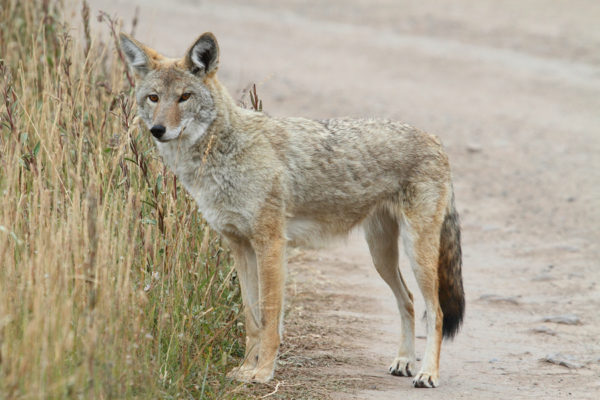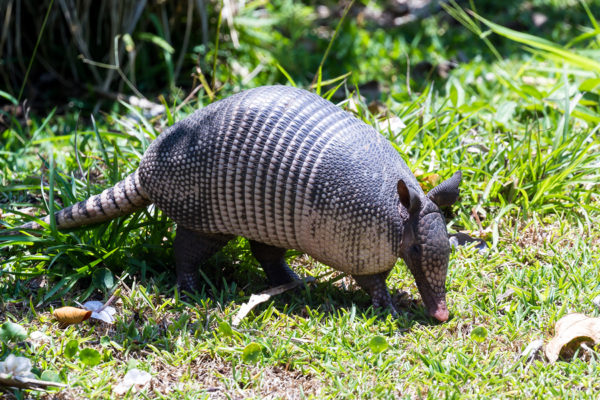READY TO GET STARTED?
REQUEST A FREE ESTIMATE
Fill out the form below or call (888) 466-7849 for a free, no-obligation estimate.
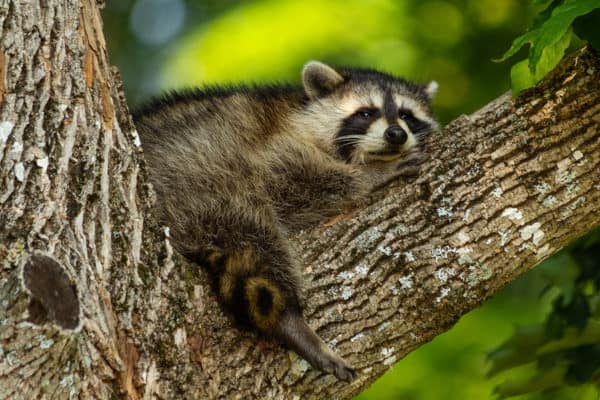
While we most often think of wildlife being a problem in the winter months, these animals don’t just disappear when the weather gets warm. Wildlife can still be quite active in the summer, wreaking havoc on our homes and gardens. Whatever the time of year, preventing and controlling these nuisance pests is of the utmost importance, as they not only cause damage to homes and property, but can also pose significant health risks to both humans and pets. Wildlife prevention (also known as wildlife exclusion) is the first line of control against critters; however, once they have established themselves in or around your home, wildlife removal becomes a more necessary option. Let’s look at some common summer wildlife, as well as ways to exclude them from your home.
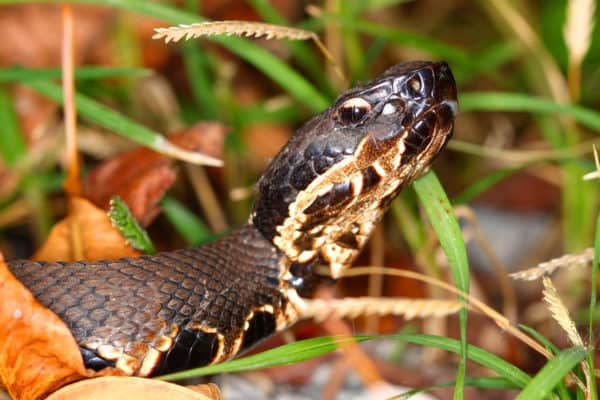
Snakes are cold-blooded animals that require heat and sunlight for energy. They are more active in the summer months because they require more energy for mating. Too much exposure can overheat them so snakes are typically more active in the early morning and late evenings or at night in the summertime. They will also seek out shelter during the hottest parts of the day in cool, dark places like underneath rocks and decks or in basements. Snakes will choose where they live based on the availability of food, shelter, and shade.
To prevent snakes this summer:
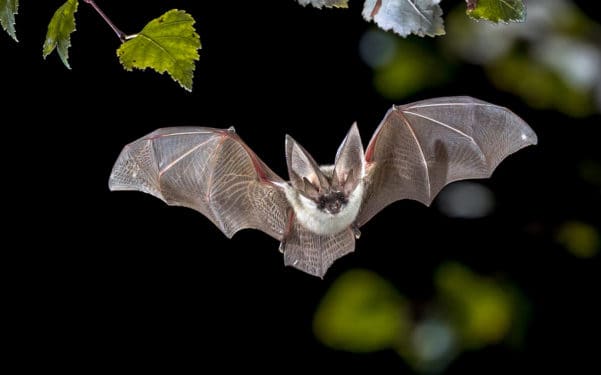
While bats are scary to many people, they are actually quite beneficial at keeping insect populations down. In the southern United States, many bat species are active year-round. Bats enter homes through openings. They can cause damage in homes by ruining insulation, causing structural damage when their urine soaks through to sheet rock or particle board, and their urine and feces causing health concerns for occupants of the home. Bats also carry serious diseases such as rabies, with 1 to 3 cases of bat transmitted rabies occurring each year. Bats are nocturnal and emerge at dusk in search of food. Female bats search for summer roosts where they stay until they have their young. For this reason, unless there is a threat to public health, eviction or exclusion of bats should not take place between April and August. Colonies will disband in late summer as bats leave for their winter roosts.
To prevent bats in the summer:
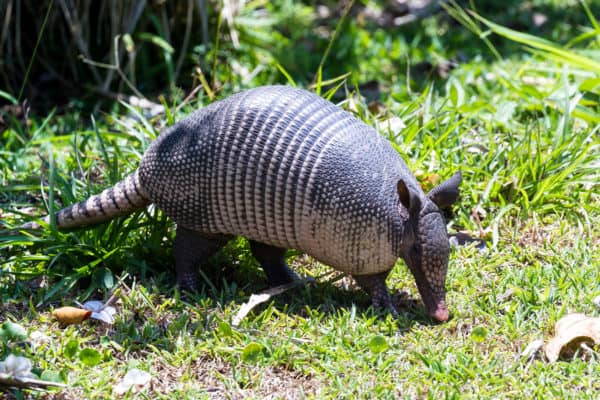
Armadillos mate in the fall, with their young born in the spring, making them very active in the summer months. They prefer habitats near streams or other water sources with sandy or clay soil. They are often found in forests, woodlands, prairies, salt marshes, coastal dunes, pastures, cemeteries, parks, golf courses, and crop lands. They love to nest in rock piles, around trees and shrubs, and under rock slabs. Armadillos dig burrows that can be up to 25 feet long, which can significantly damage tree roots. These burrows can also cause flooding if they are dug around crawlspaces, patios, or walkways. Armadillos have poorly developed teeth and limited mobility. they have poor eyesight but a keen sense of smell. They have very few natural predators. They are strong diggers which they rely on to find shelter and food and causing most of the damage around your home and property. Armadillos will eat fruit (especially from gardens and compost piles), grubs, worms, beetles, wasps, ants, millipedes, centipedes, and snails.
To prevent armadillos in the summer:
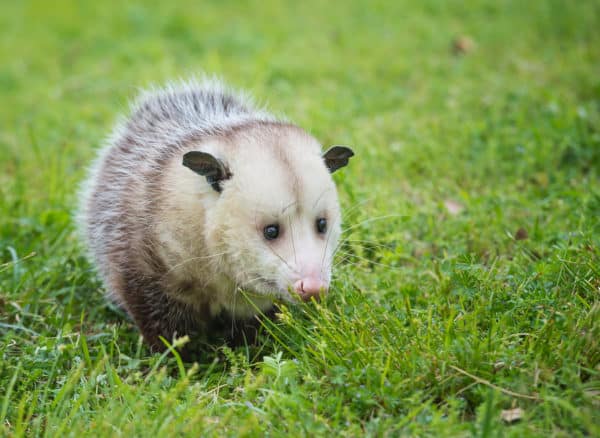
Opossum females are laden with their young in the summer months, making them more active in their search for food. Opossums are found throughout the United States. They live in trees and will stay in them as much as possible. They also prefer wet areas like marshes and swamps. Opossums are nocturnal and will forage for food at night. They are beneficial in they eat harmful and unwanted pests around your home. They prefer to eat snails, slugs, spiders, cockroaches, rats, mice and snakes. They will also eat nuts, grass, fruit, roadkill, and garbage. They are rarely aggressive and will play dead when they feel threatened.
To prevent opossums this summer:
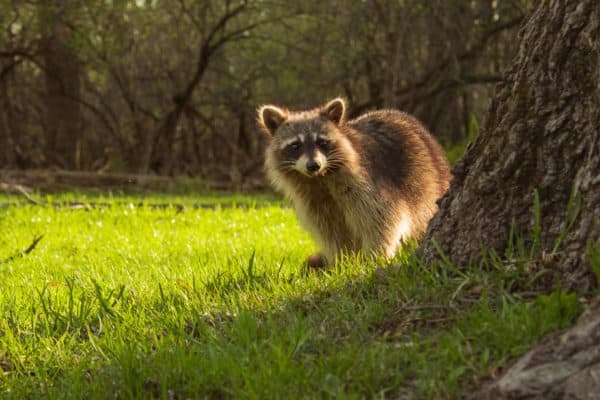
Raccoons are highly intelligent and curious animals. They typically give birth to their young in April and May, making them very active in the summer months. They are found throughout the United States. They prefer to live in heavily wooded areas with access to trees, water, and vegetation. They are extremely adaptable, however, and will make their homes in attics, sewers, barns, and sheds. They are dexterous, capable of opening doors, jars, bottles, and latches. They are known to carry several bacterial diseases. Raccoons are nocturnal animals, searching for food at night. They will eat almost anything including birds, eggs, fish, shellfish, frogs, fruit, insects, nuts, seeds, and even snakes. They are known to destroy gardens, tip over garbage cans, and cause structural damage in their quest for food.
To prevent raccoons this summer:
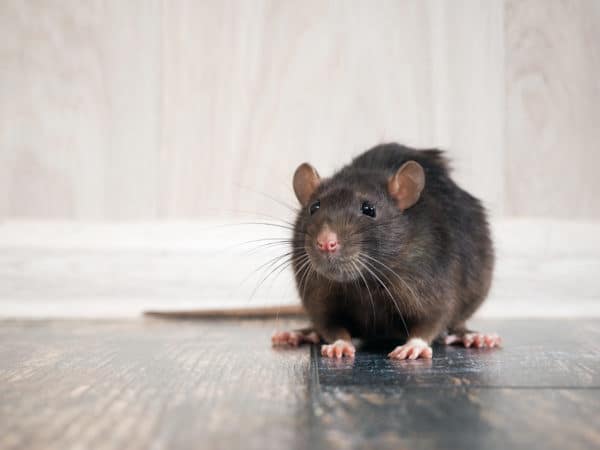
Rats are active year-round. The summer provides them with ample sources of food making them very active. They are also busy making burrows and storing food in preparation for the winter. Rats can reproduce very quickly so control and elimination can be extremely difficult. They are excellent climbers and are well adapted to living in human environments. Rats can contaminate food, cause fire hazards by chewing through wires, and their urine and feces can cause serious health concerns.
To prevent rats this summer:
Prevention is always a good first step at keeping wildlife away. Once you have a wildlife issue, however, prevention usually needs to shift to removal and exclusion. Consider contacting a professional wildlife control company who can assess your wildlife issue and provide you with the safest and most appropriate treatment and prevention options.
How Long Does A Mosquito Treatment Last?
Summer’s HOT Temperatures Damage Your Lawn?
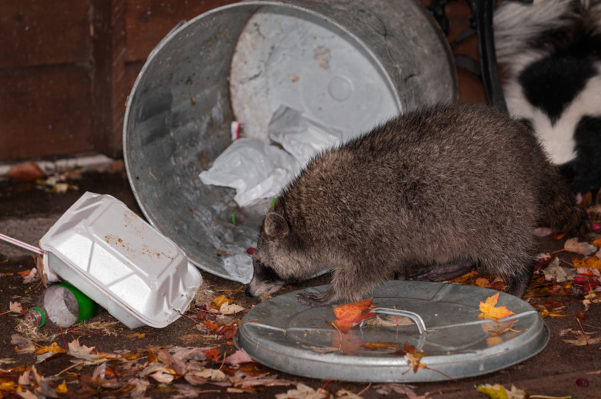
When you think of pest control the most common critters that come to mind are roaches, rats, bed bugs, mosquitoes, and other traditional pests. Wildlife may not be at the top of your list but these sneaky pests can wreak havoc on your home and your health. Two wildlife pests that often get into your home are possums and raccoons. While they are noticeably different in appearance, these two animals share many similarities. They are both highly adaptable to their surroundings and can be quite creative in seeking out food sources. They are both also known to carry diseases that can be harmful to humans. Do you know how to identify a possum or a raccoon? What can you do to prevent these pests from damaging your home and property?
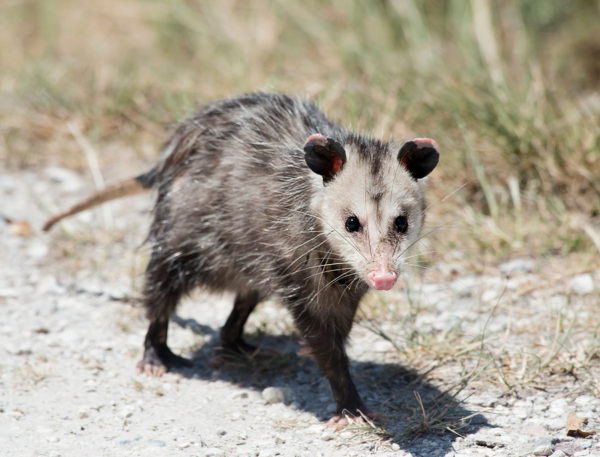
Possums are North America’s only marsupial species. They can range from 14″ long to over 3 feet long. Their tails make up 50% of their total body length. They can weight up to 13 lbs. Possums are scavengers and will forage in trashcans and dumpsters for food. They are omnivores but prefer insects and carrion over fruits and nuts. Possums are highly nocturnal and are rarely seen by humans. They prefer to live near water. Possums are found throughout eastern North America. Possums are slow movers but are highly skilled climbers. They can get into attics and under houses, especially in crawlspaces. They will play dead as a defensive tactic.
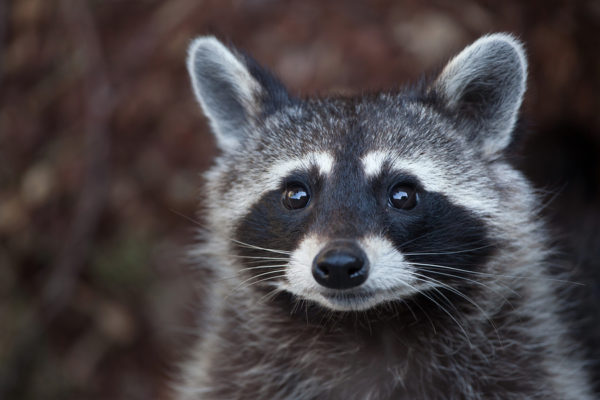
Raccoons can range from just under 2 feet long to just over 3 feet long. They can weigh up to 23 lbs. They have a distinctive black mask coloring on their faces. Raccoons are scavengers and will often forage in trashcans and dumpsters for food. They are quite dexterous and can use their paws to open doors and lids. They are omnivores but prefer fruits and nuts over meat. They are nocturnal and are rarely seen by humans. If you spot a raccoon during the day be aware – this is often (but not always) a sign of rabies or other abnormal condition in the raccoon. Raccoons are found throughout most of the United States, southern Canada, and northern South America. Raccoons are creatures of habit. Once they discover a food source at your house they will keep coming back over and over. They often access attics and roofs of homes causing significant damage.
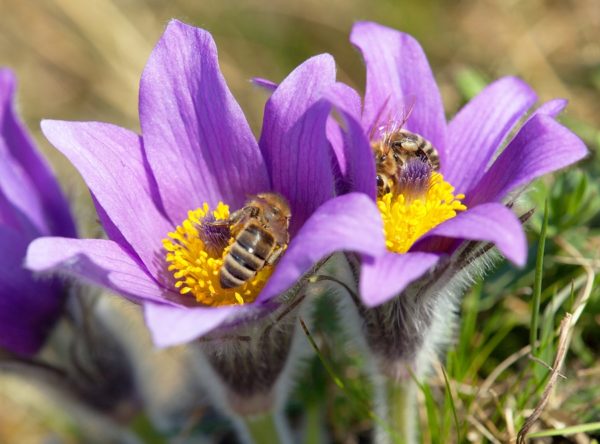
Pollination is when pollen grains are transferred from one flower to another. Pollination allows plants to produce seeds which is how they reproduce. Pollinators are animals and insects that are responsible for helping with the pollination of over 80% of the world’s flowering plants. Animal pollinators are vital in the reproduction of flowering plants and the production of most fruits and vegetables. They accomplish this by getting their food from flowers (think nectar and pollen) and collecting pollen on their bodies in the process. They then move on to another plant and leave the hitchhiking pollen behind, providing the new plants with the pollen they need to reproduce.
Some of the most common animal pollinators that come to mind are bees and butterflies. But did you know there are several other animals you might not have known who are expert pollinators? Here are a few animal pollinators along with the types of plants they pollinate:
Ants love nectar. Because they don’t fly they have to crawl into flowers to get to this nectar. Once inside the flower, pollen sticks to their bodies, allowing them to transfer it to other flowers when they move on. Tropical plants have nectar outside their flowers to attract ants to them. They then use these ants as “protectors” from other insects.
Ants pollinate flowers that:
Bats are known as one of the “night shift” pollinators. They are most common in tropical and desert climates. They are prevalent in the southwest US, Africa, Southeast Asia, and the Pacific Islands as pollinators. In fact, mangoes, bananas, and guavas depend on bats for pollination. In the US and Central America, the agave plant (which is used to make tequila) and the Saguaro cactus are also dependent on bats for pollination.
Bats pollinate flowers that:
Bees are known as the “champion” pollinators and are also the most common. There are over 4000 species of bees in the United States alone. Bees purposefully visit flowers to collect pollen and nectar which they use to feed themselves and their young. Many flowers that bees pollinate have an area of low UV reflection near their centers. Humans can’t see UV reflection so we don’t notice them. Bees, however, use them as a target to guide them to the center of the flower.
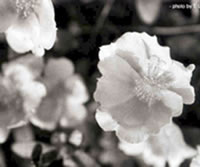
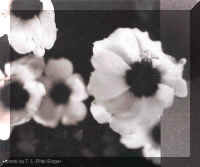
Human Perspective Bee Perspective
Photos courtesy of Apalachicola National Forest.
Bees pollinate flowers that:
Beetles were among the first insects to visit flowers. They are important pollinators for ancient species like magnolias. They are known as “mess and soil” pollinators because they eat through flower petals to get to the nectar and then defecate inside the flowers. Fossil records show that beetles were abundant as far back as 200 million years ago.
Beetles pollinate flowers that:
Birds are important pollinators of wildflowers. Hummingbirds are the most important bird pollinators in the United States. In the eastern United States there is only one species that acts as a pollinator and that is the ruby throated hummingbird. Hummingbirds have good eyesight and are extremely attracted to red flowers. They use their long bills to collect nectar and the pollen then dusts their heads and faces.
Hummingbirds pollinate flowers that:
Butterflies are very active during the day. Their body structure doesn’t allow them to pick up as much pollen as bees and other insects but they can see red where bees can’t. Butterflies produce scents that attract other butterflies of the opposite sex. This scent they produce smells like the flowers that they are attracted to.
Butterflies pollinate flowers that:
Two winged pollinators include flies, gnats, and mosquitoes. These insects aren’t as fuzzy as bees so they don’t pick up as much pollen. They are still, however, important pollinators, especially for some species of orchids.
Two-winged insects pollinate flowers that:
Moths are the other member of the pollination “night shift” along with bats. Some moths are also active as pollinators during the day. The yucca plant is one important plant that is dependent on moths for survival.
Moths pollinate flowers that:
Wasps look like bees but have much less hair. This makes them less efficient as pollinators because pollen is less likely to stick to their bodies. Wasps need pollen and nectar for energy. Fig wasps are responsible for pollinating almost 1000 species of figs.
Wasps pollinate flowers that:
There are several other uncommon pollinators. Lizards, geckos, and skinks can be pollinators. They climb inside flowers to drink the nectar and the pollen then sticks to their scales. Lemurs and possums can also pollinate. They use their snouts and tongues to get nectar from plants and then have their faces and snouts dusted with pollen.
We consider most of the animals and insects that are pollinators as nuisances and pests. As much as we don’t want them in our homes, they do play a very critical role in the survival of plants and food. It is important that while we should take steps to prevent them from invading our homes, we should be very careful with how we handle them should they make themselves at home in our area. If you suspect you have a problem with any of these pollinators, contact a professional pest control company who can give you a thorough evaluation and provide you with a treatment plan that both benefits you and protects these important species.
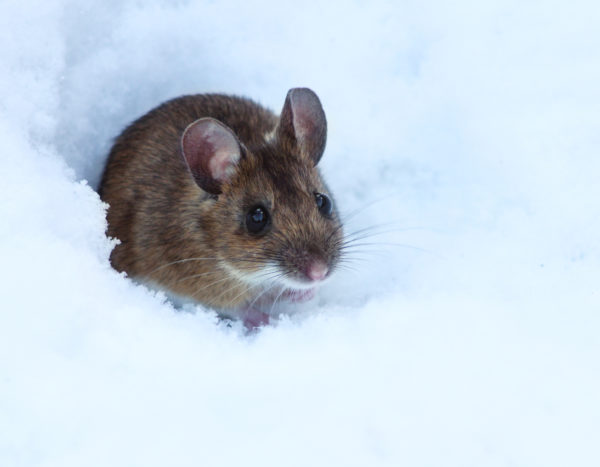
During the colder months of winter, most of us like to stay bundled up and warm – with warmer clothes and inside our cozy homes. Unfortunately, many animals also seek this same shelter and warmth in the winter – oftentimes in our homes! Do you know which animals can cause problems for you during these colder months? What can you do to prevent them from seeking shelter in your home? Check out these common winter wildlife pests and 6 ways you can prevent them.
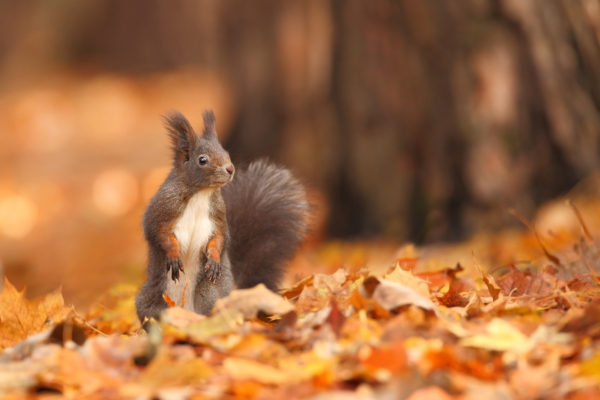
Squirrels can be a problem year round. They don’t hibernate in the winter and stay very active. They like to seek shelter and warmth in attic spaces. They may also seek out your attic as a storage space for their winter stash of nuts, grains, and seeds so they don’t have to search for food in the cold winter months. Squirrel nests are easy to spot in the winter in bare trees. Squirrels are notorious chewers – so if you have them in your attic you can expect your wood, insulation, and electrical wiring to suffer damage.
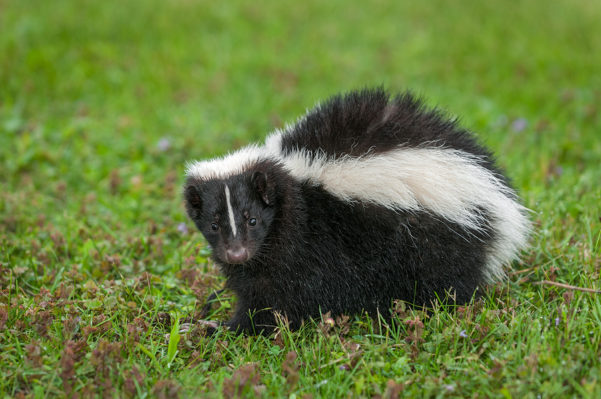
Skunks live in the same areas during the winter as they do in the summer. They like to burrow under our decks, patios, and stoops. Skunks don’t technically hibernate, but they do lower their body temperature and heart rate in the winter to conserve energy and therefore become less active. They can go up to a week without food and water but will venture out on a semi-regular basis in search of sustenance. They live in larger communities in the wintertime for warmth.
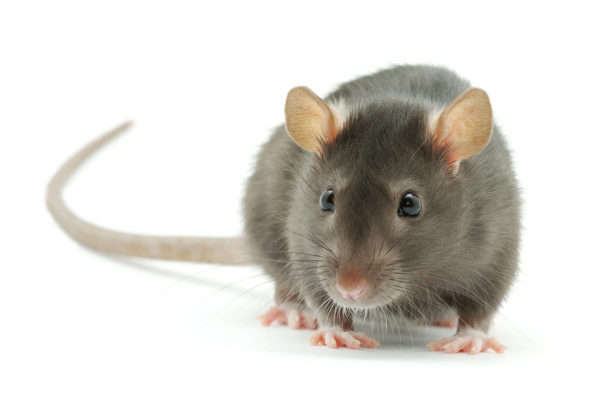
Rats and mice are also year round pests but they can become more of a problem in the winter. These rodents seek out warmth, food, shelter, and water inside our homes during the harsh winter months. They can squeeze into your home through extremely small openings. Like squirrels, they are also notorious for chewing through insulation, wiring, and wood.
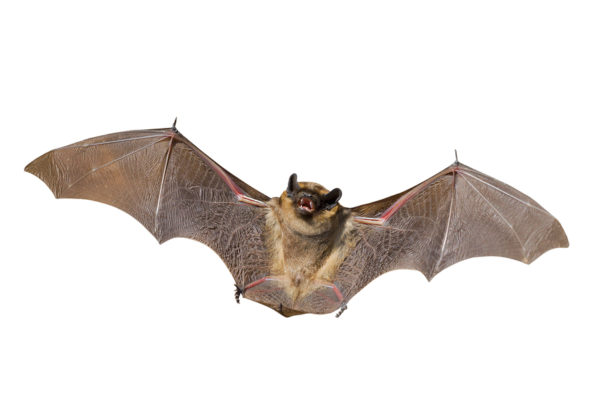
There are at least 40 different species of bats in the United States. Bats are mostly active in the summer months and will hibernate in the winter. They will, however, hibernate in your attic! Bats like to roost in attics, belfries, behind shutters, and loose boards. They are carriers of rabies and can spread disease.
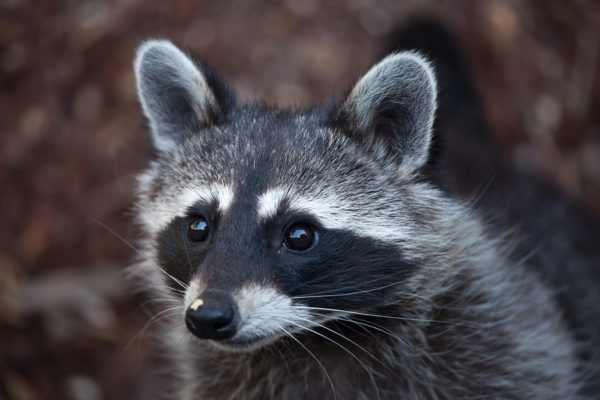
Raccoons are nocturnal and rarely seen during the day. Raccoons can cause significant damage to roofs and chimneys in their search for den sites. They will also get into crawlspaces in search of den sites. They are a major carrier of rabies.
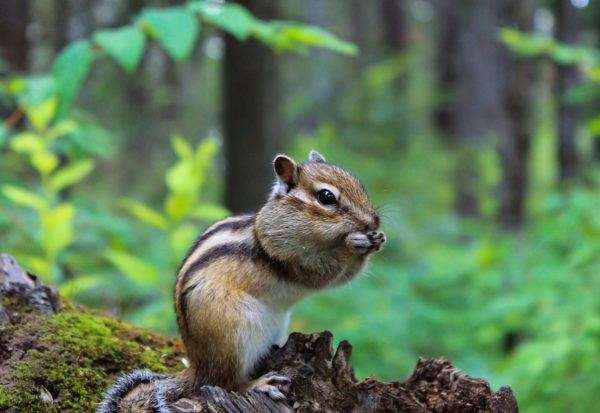
Chipmunks are like squirrels in that they gather and store their food in the fall. They are less active in the colder weather, lowering their body temperatures and heart rates to conserve energy. They usually make their nests in underground burrows that can be up to 10 feet long. They will venture out every few days to eat, drink, and go to the bathroom. Oftentimes they will use attics as a storage space for their winter stash.
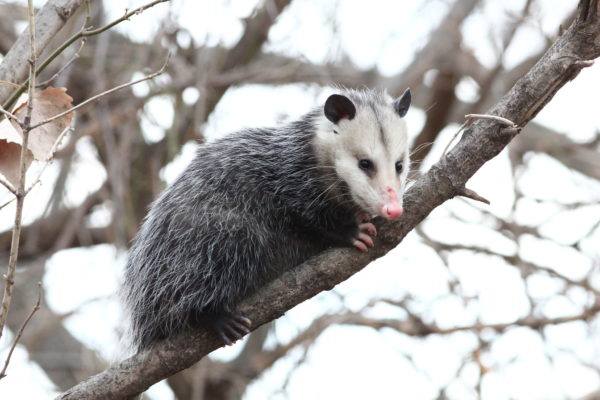
Opossums are the only marsupial found in North America. They will occasionally make their dens in attics and garages. They are known to make very messy nests. Opossums have very sharp teeth and will show them, as well as hiss, when they feel threatened. They are known to bite in very rare cases.
Winter wildlife can be a problem especially if they build a nest or store food in or near your home in the wintertime. The cold weather also doesn’t eliminate the diseases that they carry and spread. If these pests get into your home they can cause significant damage to your roof, insulation, foundation, wiring, and more. What can you do to prevent winter wildlife from making your home theirs? Check out these 6 tips to prevent winter wildlife.
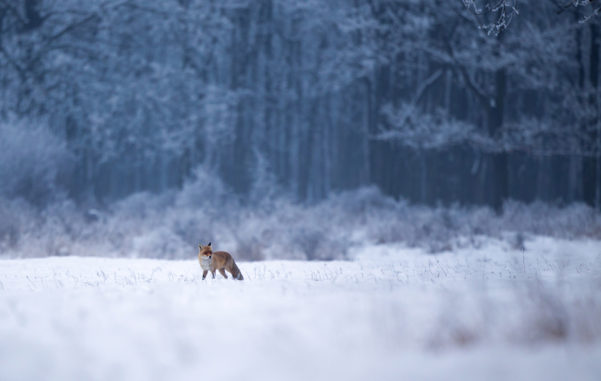
As the cold winter months descend upon us, our first instinct is to head indoors for warmth and shelter. Animals have this same instinct during winter and will start looking to escape from the elements. They will usually look for holes, tunnels, logs, rock or leaf piles to burrow in but, if they are near neighborhoods, your home might look just as inviting to them.
Did you rake and bag your leaves this fall? Did you repair those holes in your deck, garage, or siding? Did you enclose your crawlspace and cap your chimney? If the answer is no, then you may have left an open invitation for critters to come into your home. Common winter wildlife invaders include squirrels, rats and mice, raccoons, and spiders. But don’t forget some lesser known winter animals, as well. Check out these four unusual winter pests and what you can do to prevent them.
